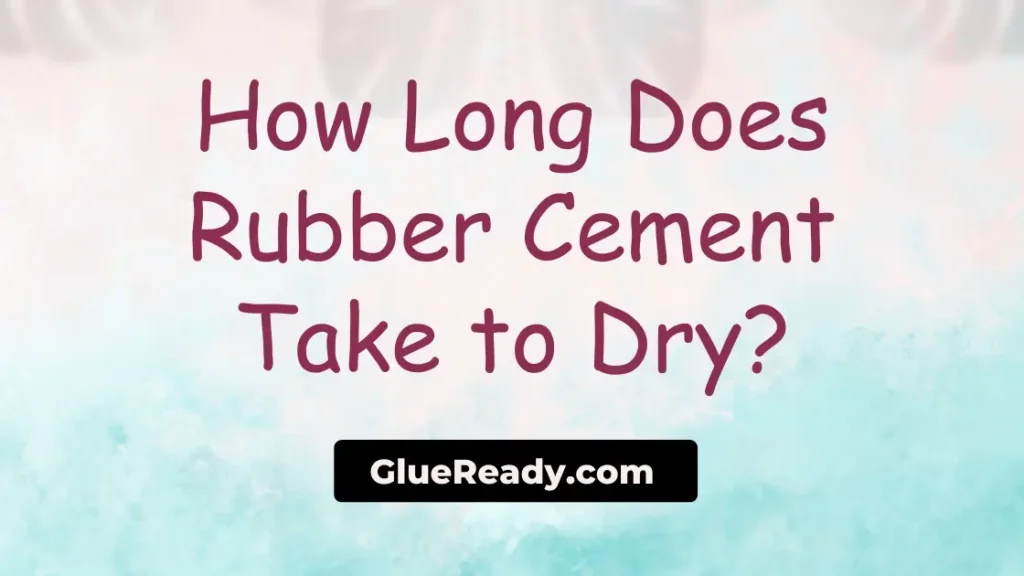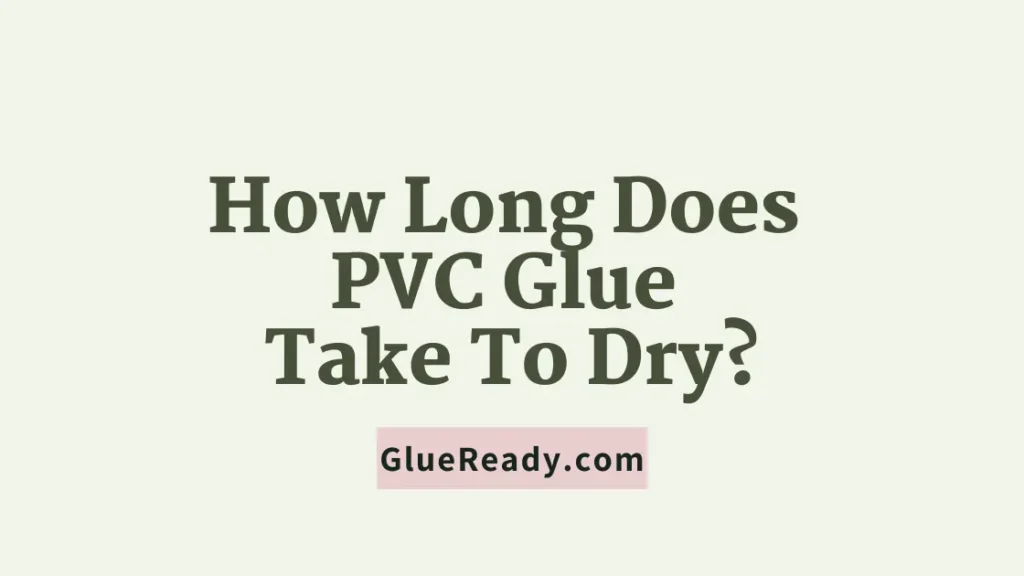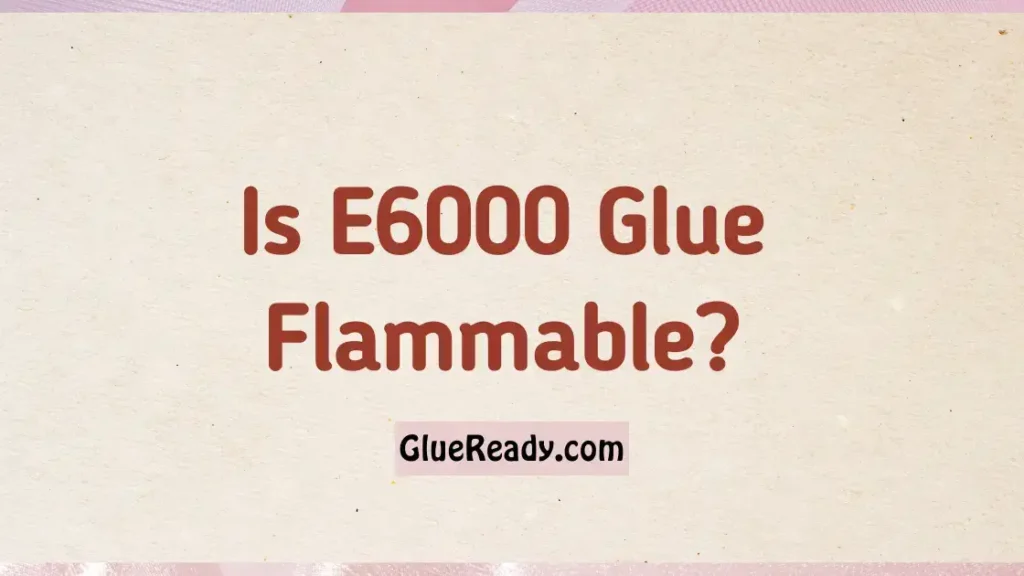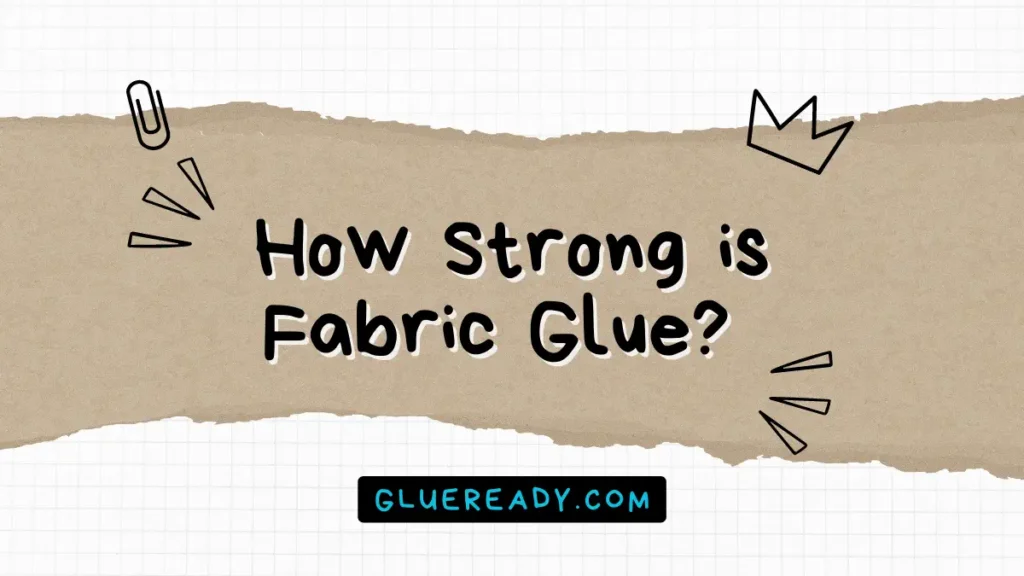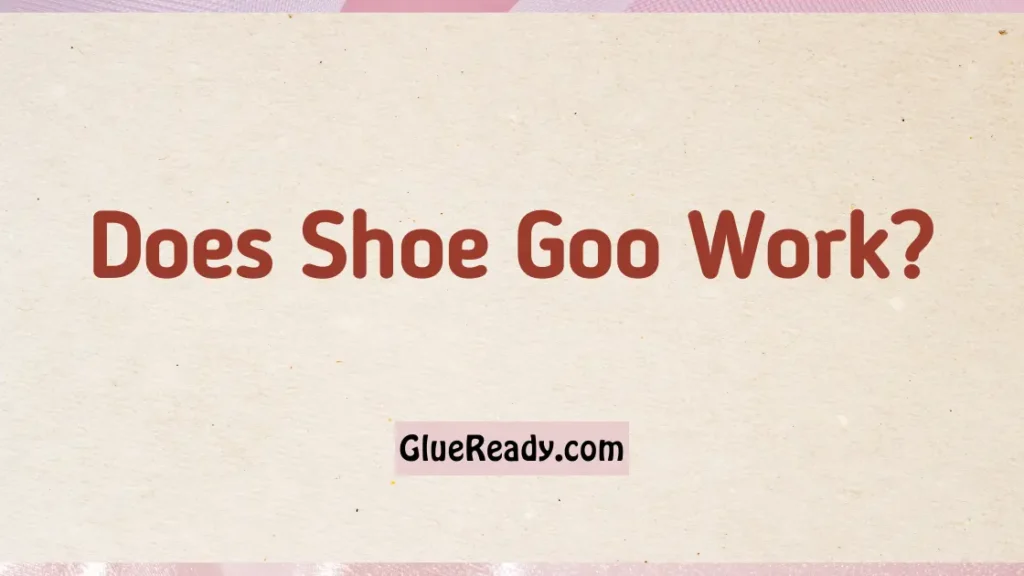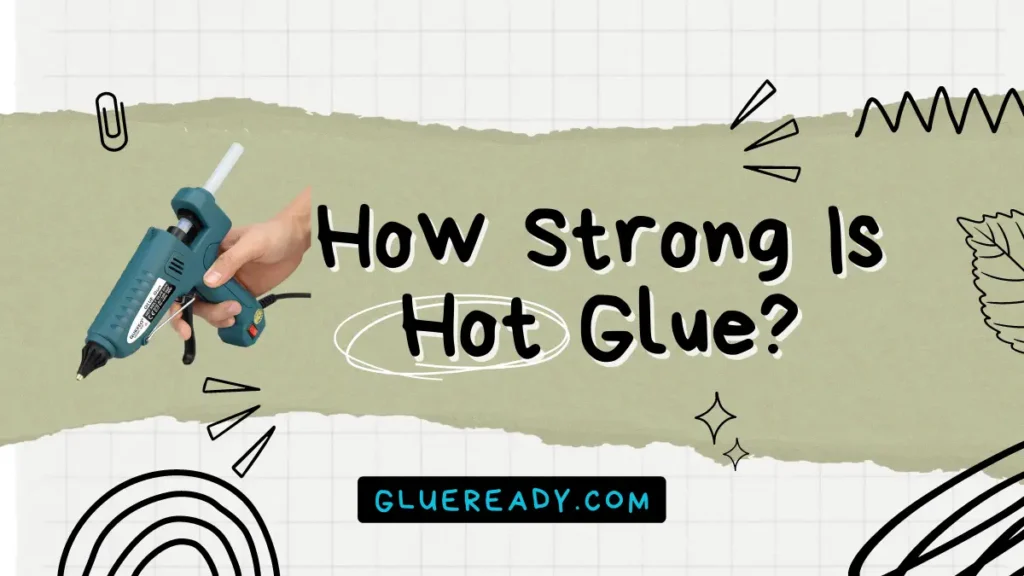How Does Contact Adhesive Work?
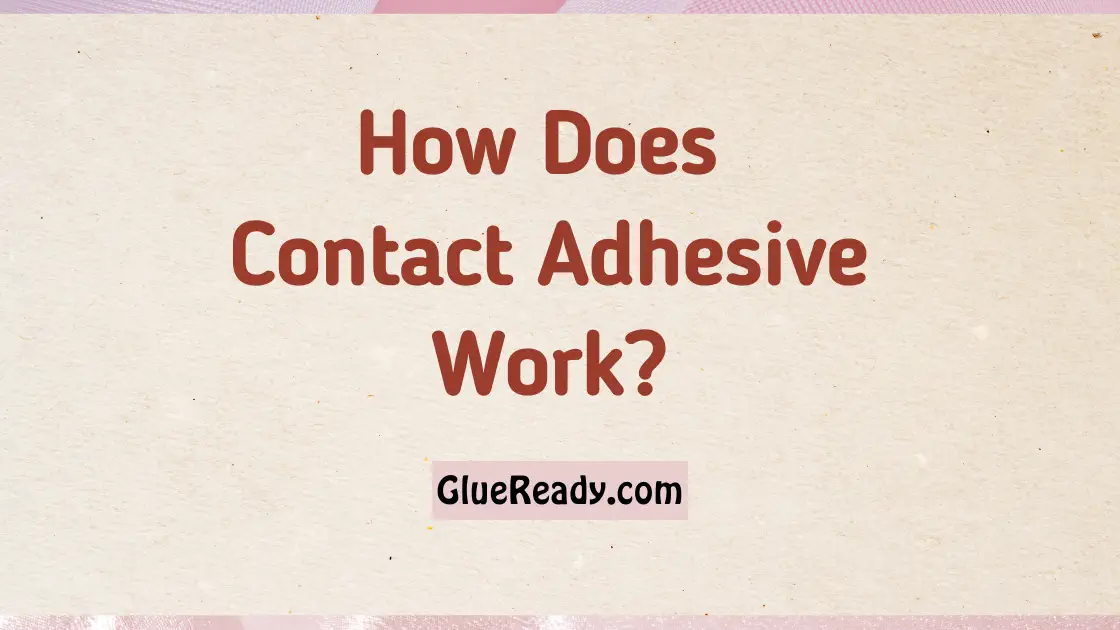
Contact adhesive is a remarkable adhesive solution that relies on pressure-sensitive adhesion to create strong and durable bonds between various materials.
Its unique composition and application process makes it a popular choice in many industries, from construction and woodworking to arts and crafts.
Understanding how contact adhesive works can empower you to use it effectively in your projects, ensuring reliable and lasting bonds.
Read More: Contact Cement vs Contact Adhesive
How Does Contact Adhesive Work?
Contact adhesive, also known as contact cement or contact adhesive glue, is a type of adhesive that is used to bond two surfaces together.
It works by creating a strong and permanent bond between the surfaces without the need for clamping or applying pressure during the bonding process.
Contact adhesive is commonly used for projects involving laminates, veneers, fabrics, leather, rubber, and other materials where a strong bond is required.

Here’s how contact adhesive works:
- Application: Contact adhesive is applied to both surfaces that need to be bonded. This is usually done using a brush, roller, or spray, depending on the type of adhesive and the specific application.
- Drying: After applying the adhesive to both surfaces, it is allowed to dry for a certain period of time. During this time, the solvent or carrier in the adhesive evaporates, leaving behind a tacky layer on both surfaces.
- Contact and Bonding: Once the adhesive has dried to a tacky state, the two surfaces are brought into contact with each other. The tackiness of the adhesive allows the surfaces to adhere to one another upon contact.
- Pressure and Bond Formation: Pressure is applied to the bonded surfaces to ensure proper contact and bonding. This pressure helps the adhesive create a strong bond by promoting molecular attraction and creating intimate contact between the adhesive and the surfaces.
- Curing: As the adhesive continues to dry and cure over time, the bond strengthens. The curing process may involve a combination of solvent evaporation and chemical reactions within the adhesive.
It’s important to note that contact adhesive forms an instant bond upon contact, which makes it different from other adhesives that require extended clamping or curing times.
This instant bond is especially useful for projects where traditional glues might not be as effective or where clamping or pressure application is challenging.
Contact adhesive is available in different formulations, such as solvent-based or water-based varieties.
Solvent-based contact adhesives typically provide a stronger bond and are resistant to heat and chemicals, while water-based variants are more environmentally friendly but might have slightly lower bonding strength.
Due to the strong bond and quick adhesion properties of contact adhesive, it is important to carefully align the surfaces before bringing them into contact, as repositioning after contact can be difficult or result in a weaker bond.
Proper ventilation and safety precautions are also important when working with contact adhesives, as they often contain volatile organic compounds (VOCs) that can be harmful if inhaled in excessive amounts.
How Do You Spread Contact Adhesive?
There are different ways to spread contact adhesive, depending on the type and amount of adhesive you are using, the size and shape of the surfaces you are joining, and the tools you have available.
Here are some common methods:
Using a Brush
You can use a short stiff brush to apply a thin and even coat of adhesive to both surfaces.
This method is suitable for small or irregular surfaces, as well as solvent-based adhesives that may damage foam or synthetic rollers.
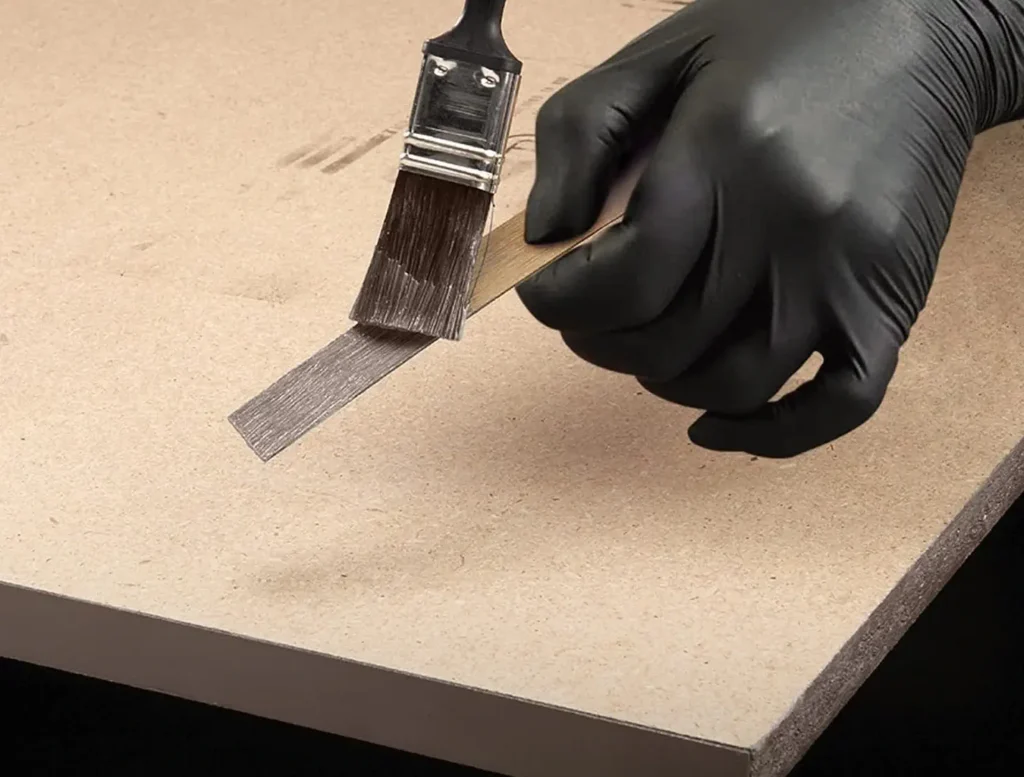
Using a Roller
You can use a solid rubber roller or a foam roller to apply a uniform layer of adhesive to both surfaces.
This method is suitable for large or flat surfaces, as well as water-based adhesives that can be easily cleaned from the roller.
You can also use a spray gun or an aerosol can to apply contact adhesive in a similar way.
Using a Spreader
You can use a plastic or metal spreader, such as an old bank card, a wallpaper spreader, or a putty knife, to spread the adhesive over both surfaces.
This method is suitable for thin or flexible surfaces, such as plastic laminate or veneer.
How Is Contact Adhesive Used?
Contact adhesive is used by applying it to both surfaces that need to be joined and then pressing them together firmly.
The bond is formed instantly and cannot be repositioned or adjusted.
Contact adhesive is used for various applications, such as repairing door frames, appliances, toys, boats, or cars, installing wall trim or crown molding, attaching a towel bar or a tile backsplash, and bonding different types of materials.
How Long Does It Take for Contact Glue to Dry?
The drying time of contact glue may vary depending on the type of glue, the temperature, and the humidity.
Generally, it takes about 10 to 20 minutes for contact glue to dry completely.
By touching it lightly with your finger, you can determine whether the glue is dry. It should feel tacky but not wet or sticky.
Final Thoughts
Contact adhesive is a fast-drying glue that bonds two surfaces together when they are pressed together.
It is easy to use, strong, and versatile. It can be used for various purposes such as construction, furniture, automotive, and crafts.
Hopefully, this article named “How Does Contact Adhesive Work?” has helped you. If so, then please leave a comment below.

